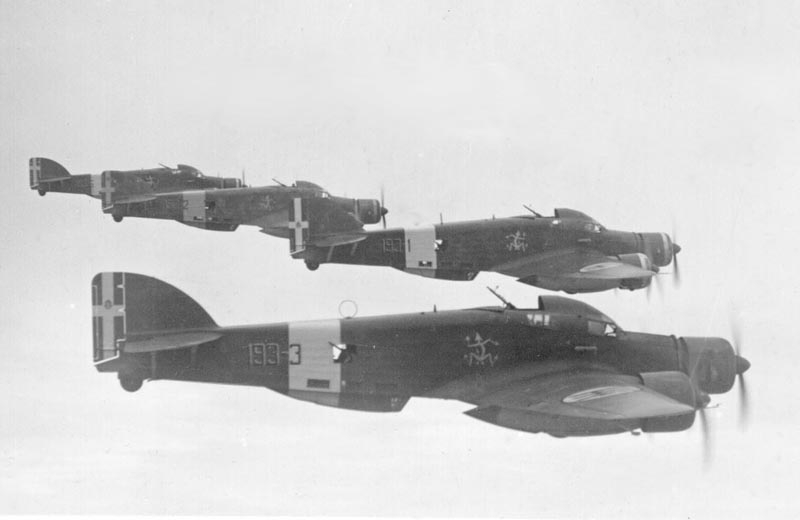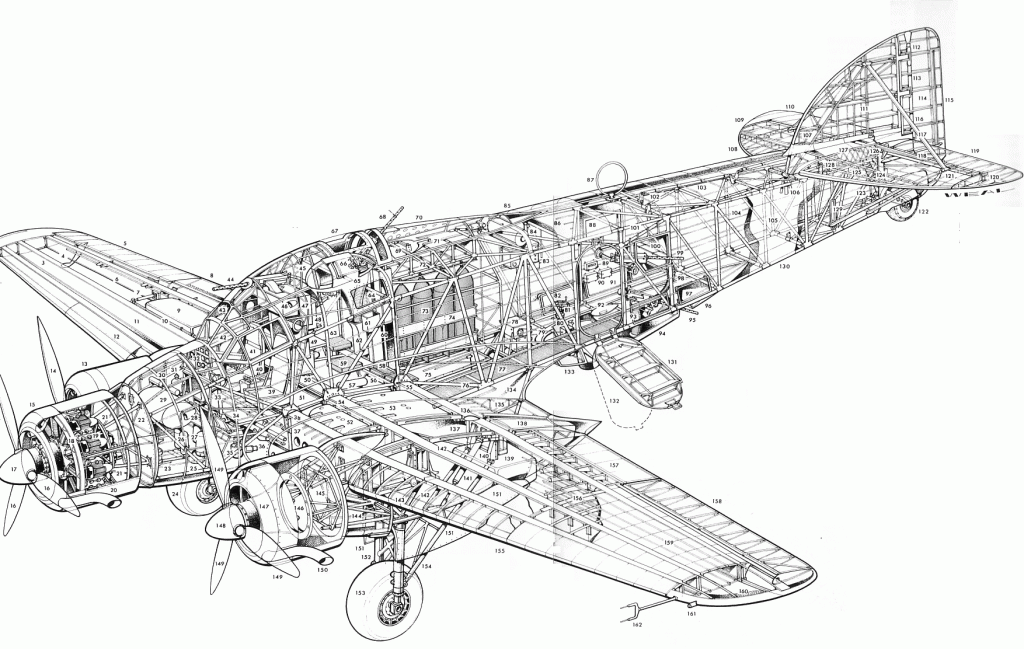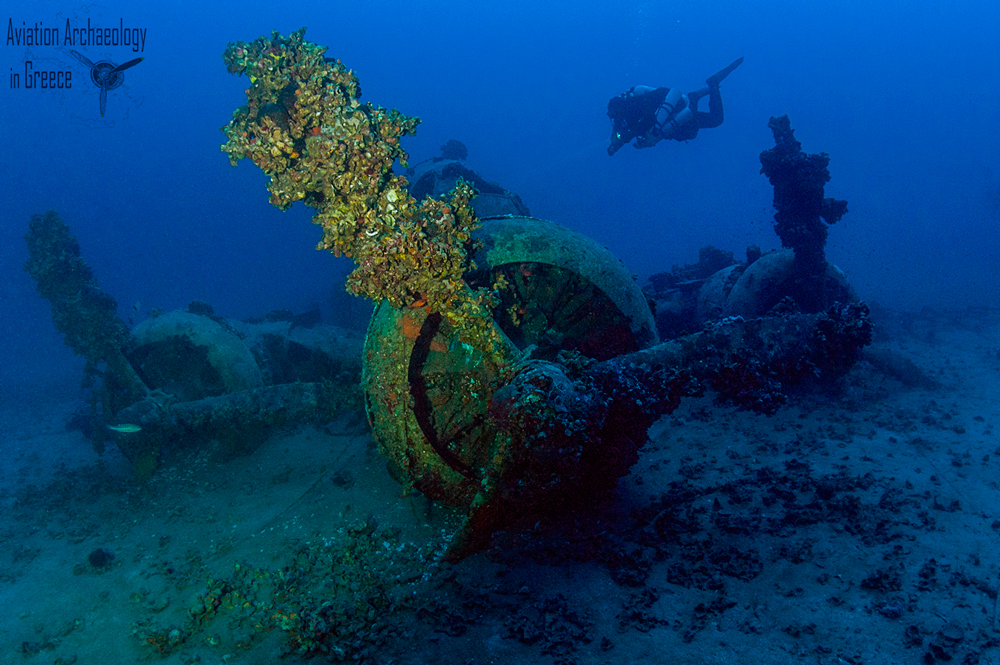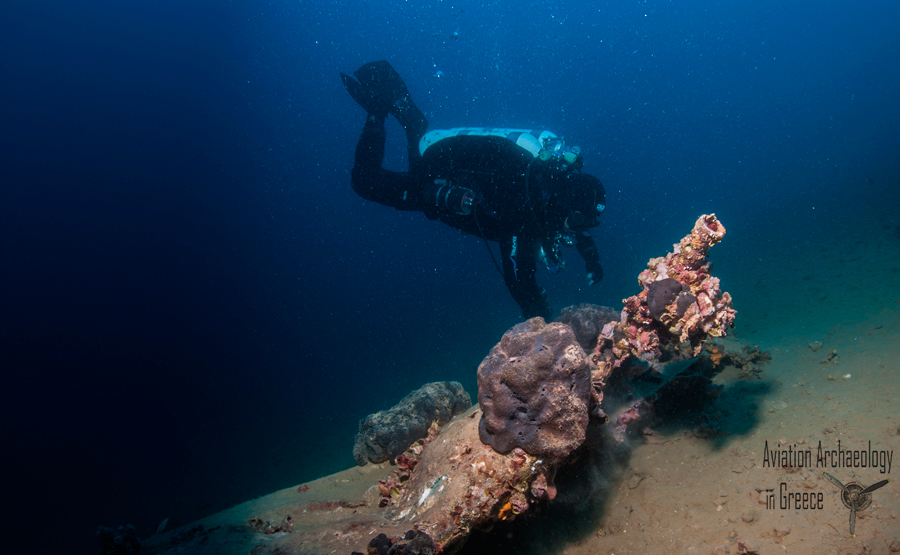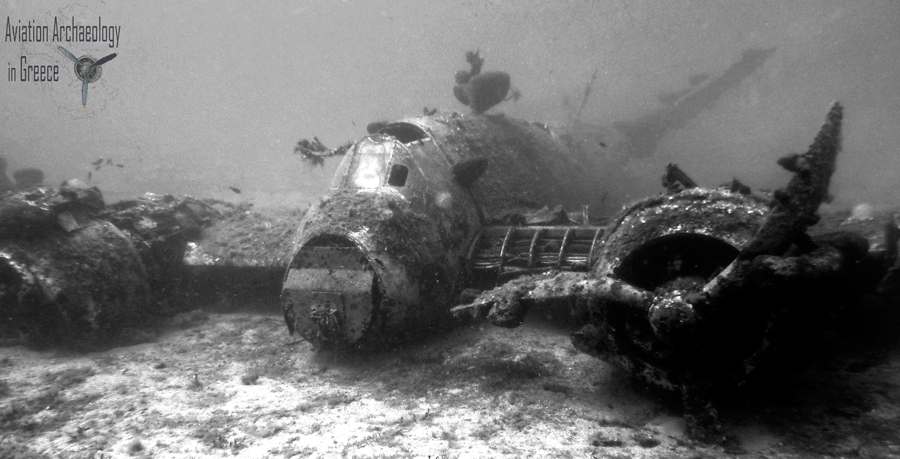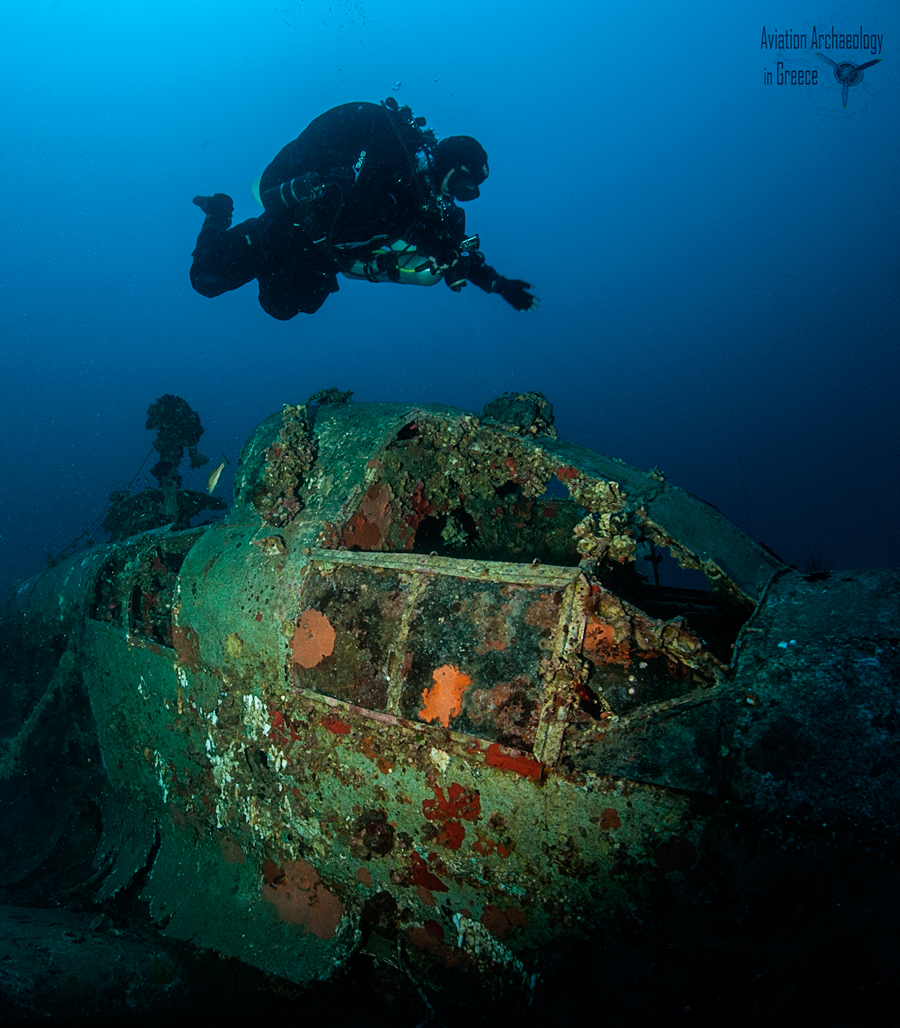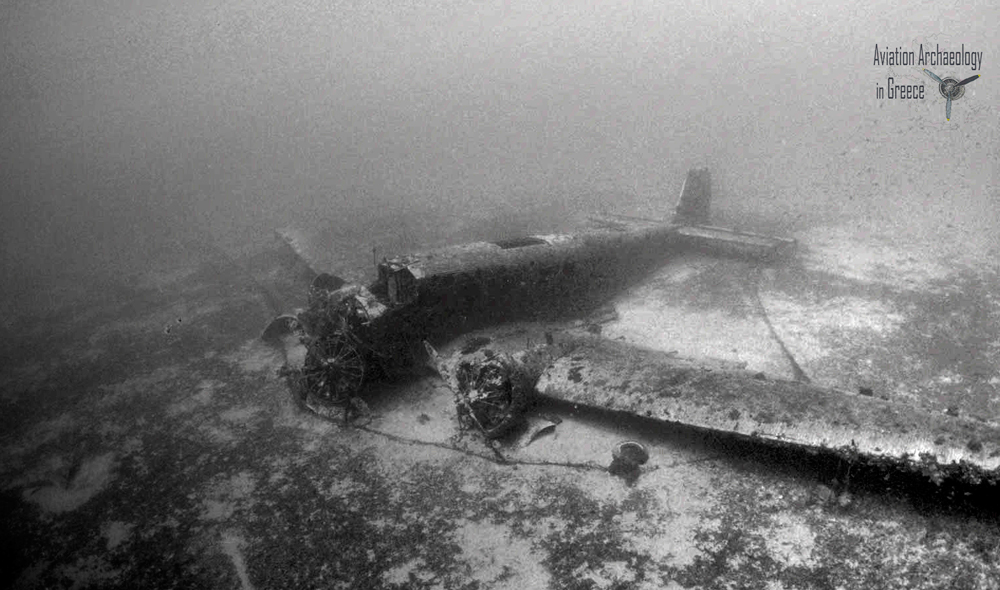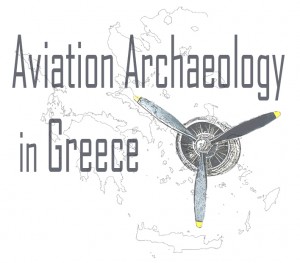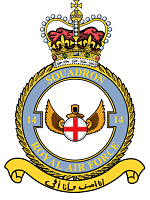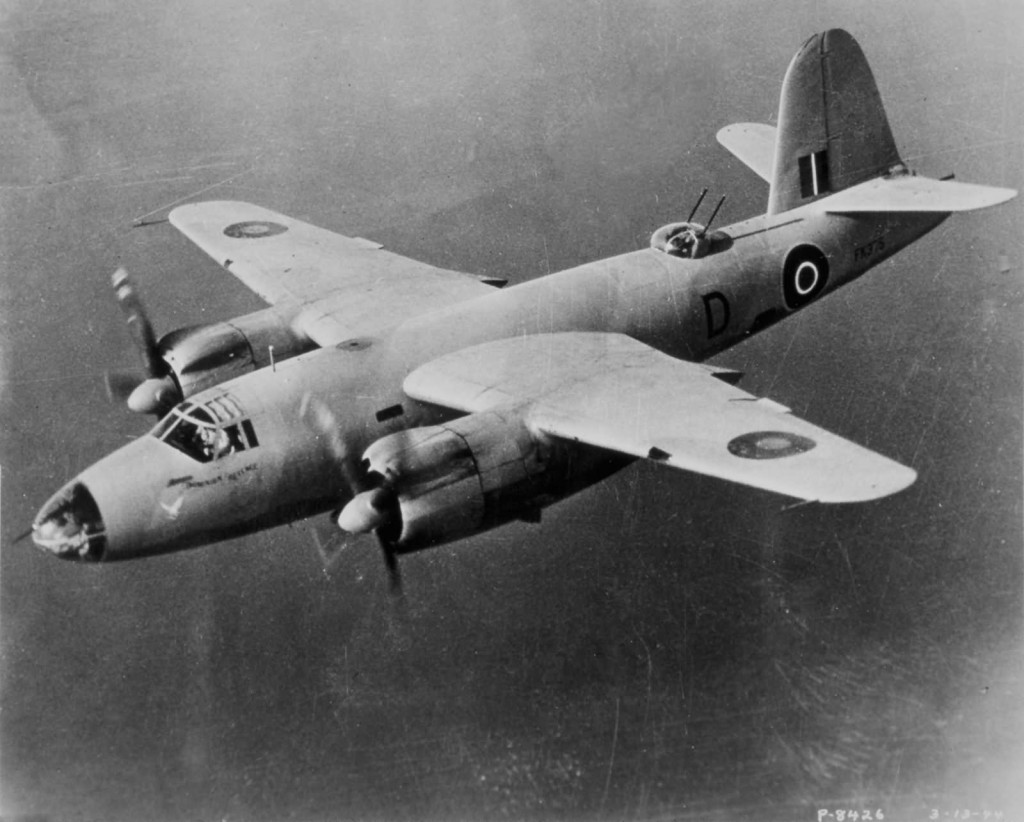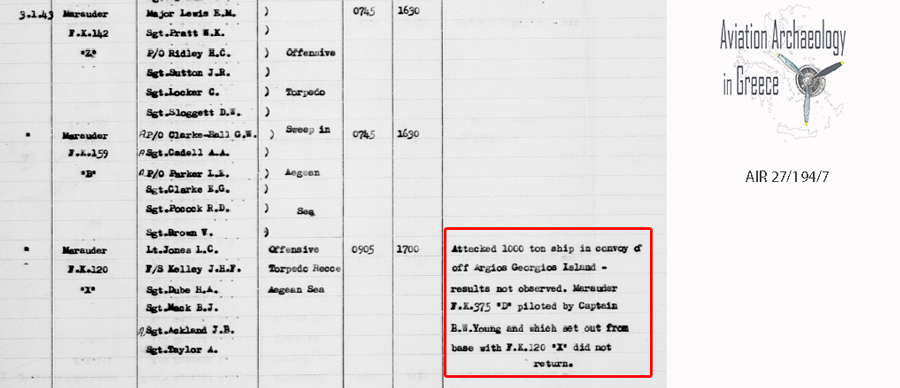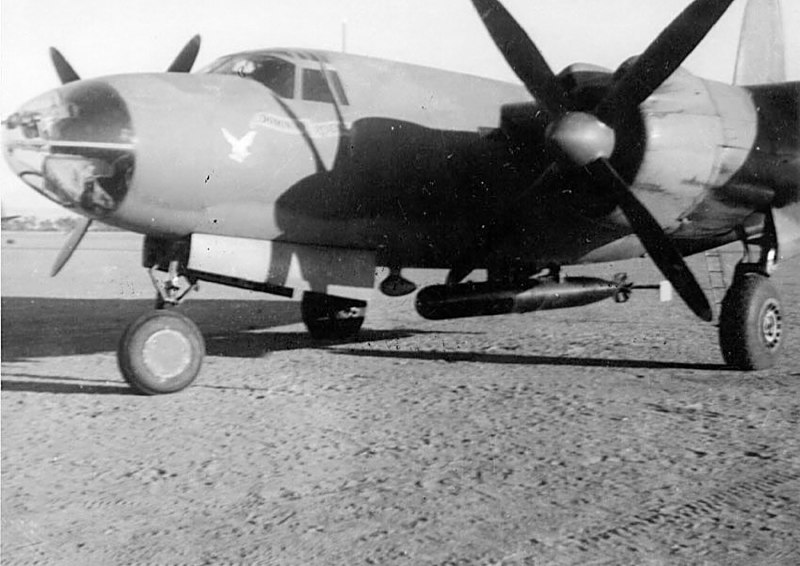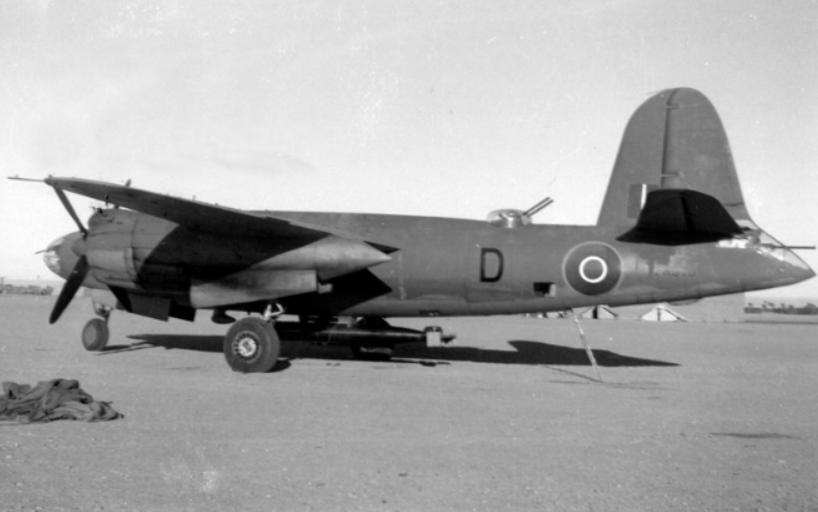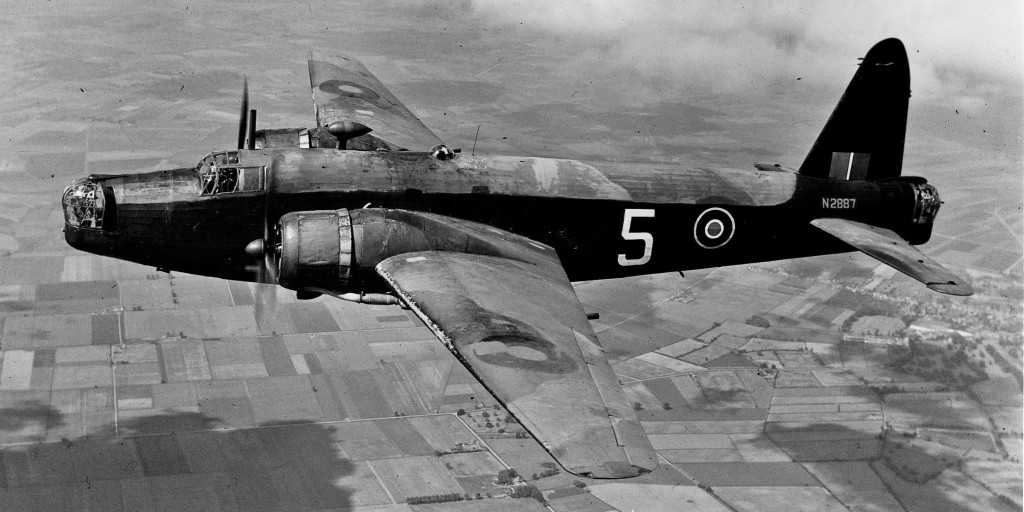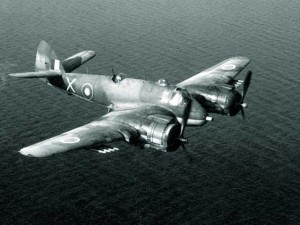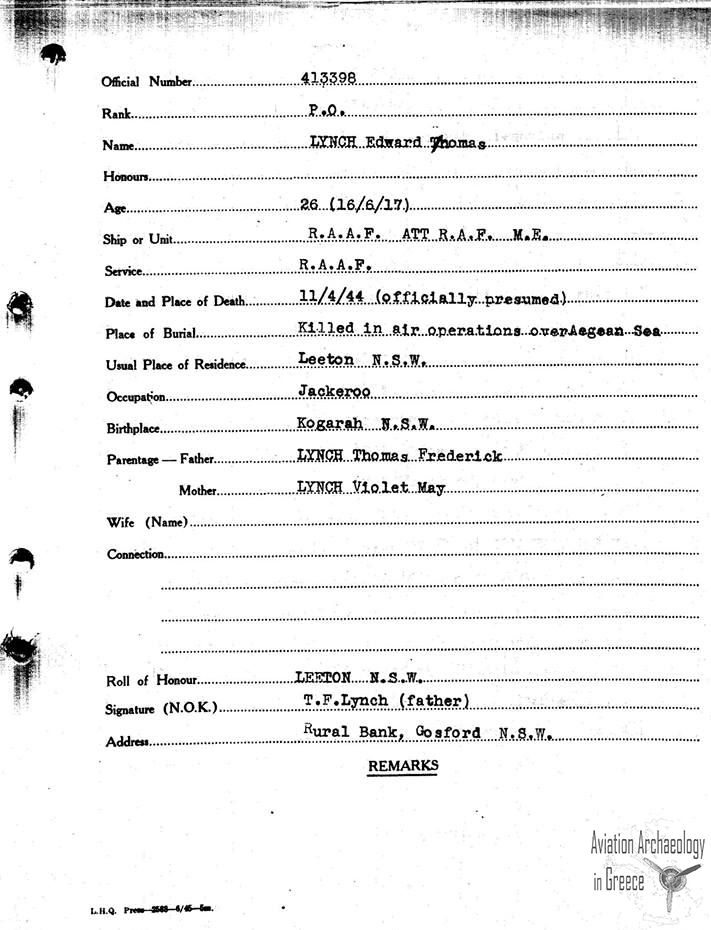To Ju88 κατασκευάστηκε από την Junkers Flugzeug und Motorenwerke AG. Σχεδιάστηκε για να ανταποκριθεί στις απαιτήσεις ενός μέσου βομβαρδιστικού με υψηλές ταχύτητες και να ταυτόχρονα να έχει την δυνατότητα καθέτων εφορμήσεων. Ο σχεδιασμός ξεκίνησε τον Ιανουάριο του 1936, με υπεύθυνους τους WH Evers και Alfred Gassner.

Το πρωτότυπο του Junkers Ju 88Α / Ju 88V12 πέταξε για πρώτη φορά στις 21 Δεκεμβρίου, 1936, με κινητήρες από την Daimler-Benz DB 600A, με απόδοση 1.000 ίππων. Δυστυχώς κατά την δοκιμή το πρωτότυπο συνετρίβη. Ένα χρόνο μετά, τον Σεπτέμβριο του 1937, ολοκληρώθηκε ένα νέο πρωτότυπο στο οποίο χρησιμοποιήθηκαν κινητήρες Junkers Jumo 211, με απόδοση 1.200 ίππων.
Το πρωτότυπο Ju 88 τον Μάρτιο του 1939 θέτει, ορίζει, νέο ρεκόρ μεταφέροντας 2 τόνους σε μία κυκλική διαδρομή 1000 χιλιομέτρων με μέση ωριαία ταχύτητα 320mph/517kph.
Η Junkers Flugzeug und Motorenwerke AG σταμάτησε την παραγωγή το 1945. Η συνολική παραγωγή του Ju88 έφτασε τα 10.774 αεροσκάφη.
Το Ju 88 μπορούσε να μεταφέρει την “ιπτάμενη βόμβα” γνωστή σαν Mistel.
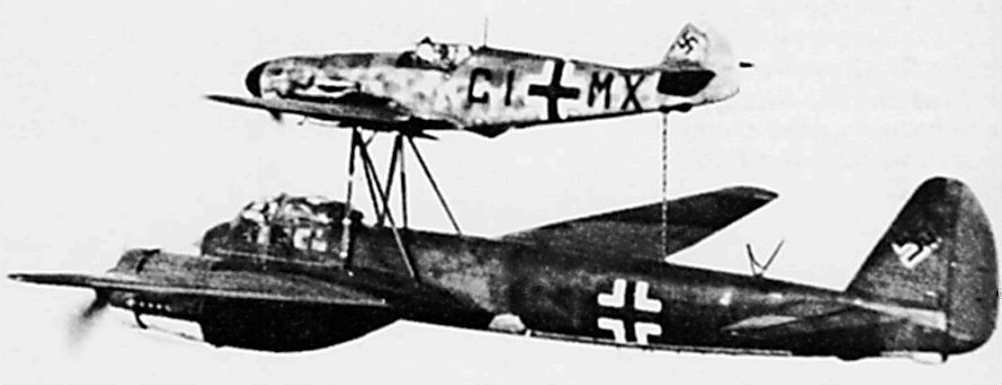
Η ιδέα της μεταφερόμενης βόμβας ξεκίνησε από τον Γερμανό πιλότο Siegfried Holzbauer. Το αρχηγείο δέχτηκε να πραγματοποιήσει την ιδέα αυτή και μάλιστα προγραμμάτιζε να την χρησιμοποιήσει εναντίον της Βρετανικής Ναυτικής Βάσης στο Scapa Flow.
Το πρωτότυπο ολοκληρώθηκε στα μέσα του 1943 και αποτελείτο από ένα Messerschmitt Bf 109 μεταφερόμενο από ένα Ju88.
Το σχέδιο προέβλεπε την ύπαρξη μονοκινητήριου αεροσκάφους φορτωμένο με εκρηκτικά (Mistel) το οποίο θα μεταφέρεται από άλλο αεροπλάνο. Μόλις πλησιάζουν στον στόχο θα πραγματοποιείται αποκόλληση από το αεροπλάνο μεταφοράς με σκοπό το Βf 109 (Mistel) να κατευθυνθεί προς τον στόχο.

